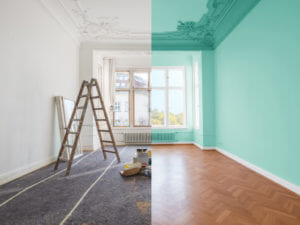What Impact Does our Home Environment Have on Us?
Homes come in all different shapes and sizes. Whether you lived in a cozy apartment or sprawling open-concept multi-level home, you probably have an idea of a home environment that looks just a little bit different when compared to everyone else’s.
Despite these differences, you may be surprised to learn just how much of an impact that home environment can have on you. While you may not have ever considered it, small decisions like keeping the blinds closed or leaving clothes on the floor have a major impact on your stress, mental health, inner peace, and other aspects of your well-being.
Don’t believe us? Here’s what you need to know about the impact your home environment has on you and how to make sure that impact is as positive as possible.
Home Clutter = Mind Clutter
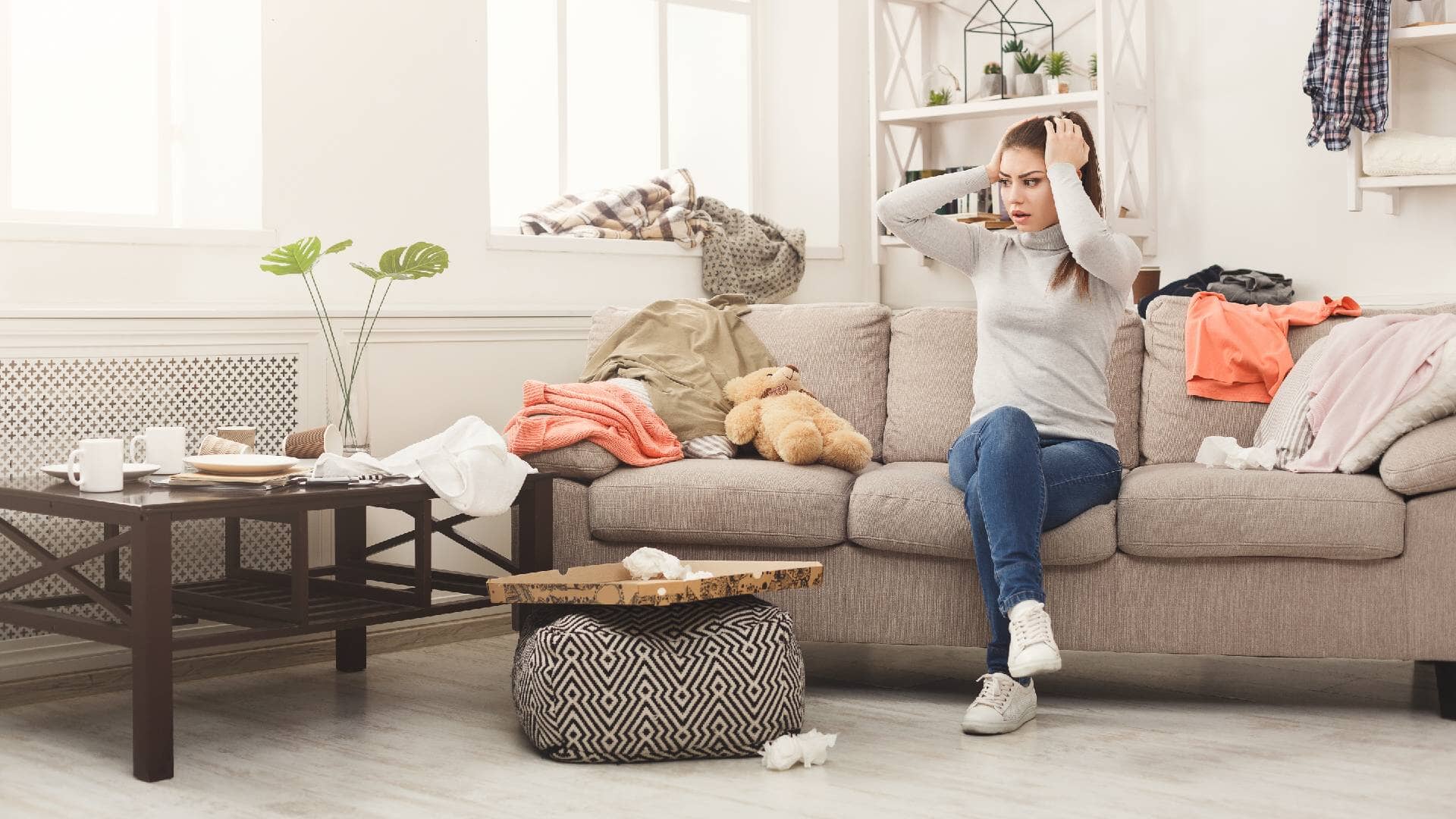
Do you or someone you know live in a constant state of clutter? In many homes, and particularly in bedrooms, there can be a bit of “organized chaos” going on. Where other people see a messy, unorganized room, others may know exactly in which spot on the floor their respective items live.
One of the major problems about choosing a more cluttered lifestyle is the impact it can have on your mind. For instance, leaving clothes out on the floor may create a positive feedback loop, in which your mind realizes that dropping even more clothes on the ground won’t make much of a difference.
In homes like these, small messes that can be picked up on the weekends can become huge ordeals to manage. And what’s worse is the mental clutter this type of lifestyle can have. Multiple studies report that messy work and home environments can encourage the development of worse habits. Those who were exposed to messy kitchens, for instance, often snacked more than those who didn’t. At the same time, those who lived in messier environments often carried around more stress and showed higher levels of anxiety than those who didn’t.
Dark Walls and Unhappy Thoughts
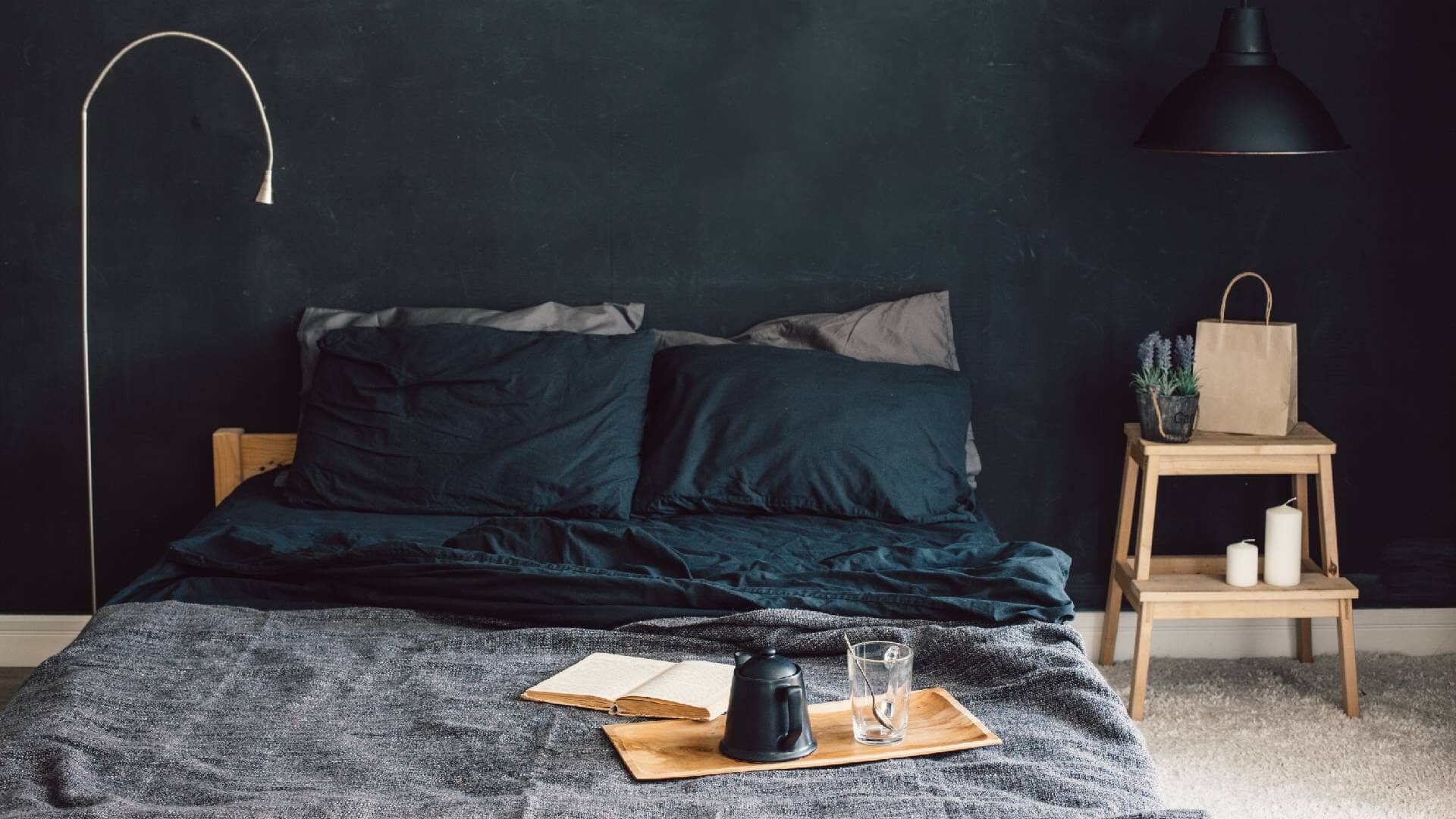
Everyone has different tastes in design, and the color of walls, curtains, and decor is often one of the most important tools to use to make your home look as unique as possible. While the modern style may call for bright, open spaces and lots of white, many homeowners may opt for darker colors and hues throughout.
There’s nothing wrong with liking colors or shades that are unique to many homes, but the colors with which we surround ourselves have a large impact on our emotional states. For instance, national studies were able to connect colors shown to test subjects to changes in mood and even arousal.
The colors we observe, as well as their brightness and intensity, are very influential. At the same time, dim lighting, dark colors, and bleak homes can keep emotional states down and suppress moods. Think twice about the colors you paint on your walls, as they will certainly impact you on a day-to-day basis.
Let the (Natural) Sunlight In
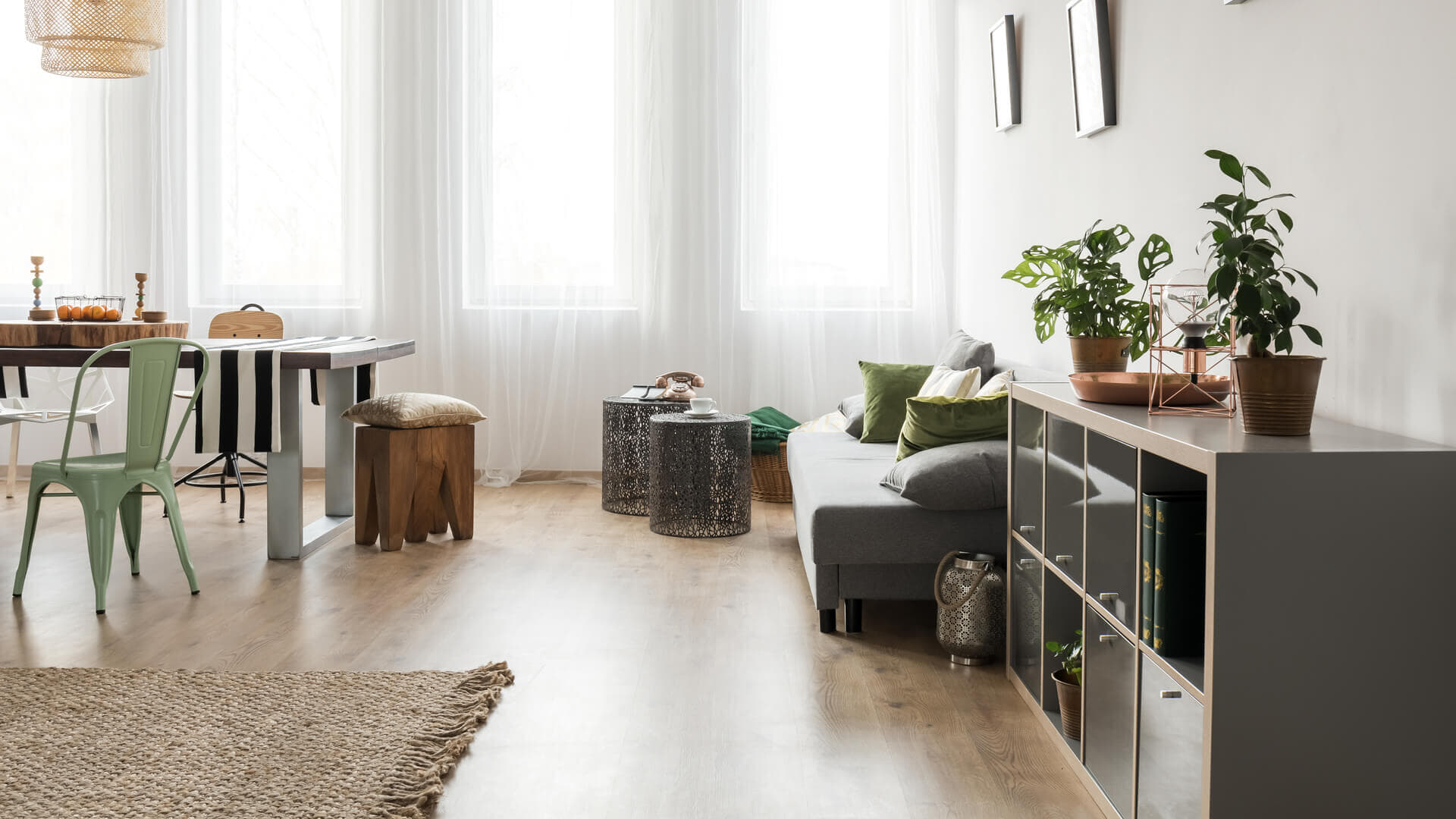
How many windows are in your home? When you wake up, do you often brush aside the curtains and open the blinds, or keep your home lit by artificial lights only?
Your exposure to sunlight presents one of the biggest impacts to your overall well-being. Natural sunlight has a warm, almost orange glow to it, which is a far cry from the cold, blue lights on LED smartphones and televisions. If you’ve recently been struggling with sleep or resting in general, the temperature of the light in your home may have something to do with it.
Connections have been drawn between the cold blue from LEDs and disrupted sleep, suppressed serotonin, and even mental illness. While many smartphones today are aware of the issue and adjust accordingly at night, your exposure to sunlight may be more important than that. Much like how cold, blue lights decrease serotonin, sunlight increases it. So the next time you wake up in the morning, it may be beneficial in more ways than one to open the curtains a little bit.
The Importance of Greenspace
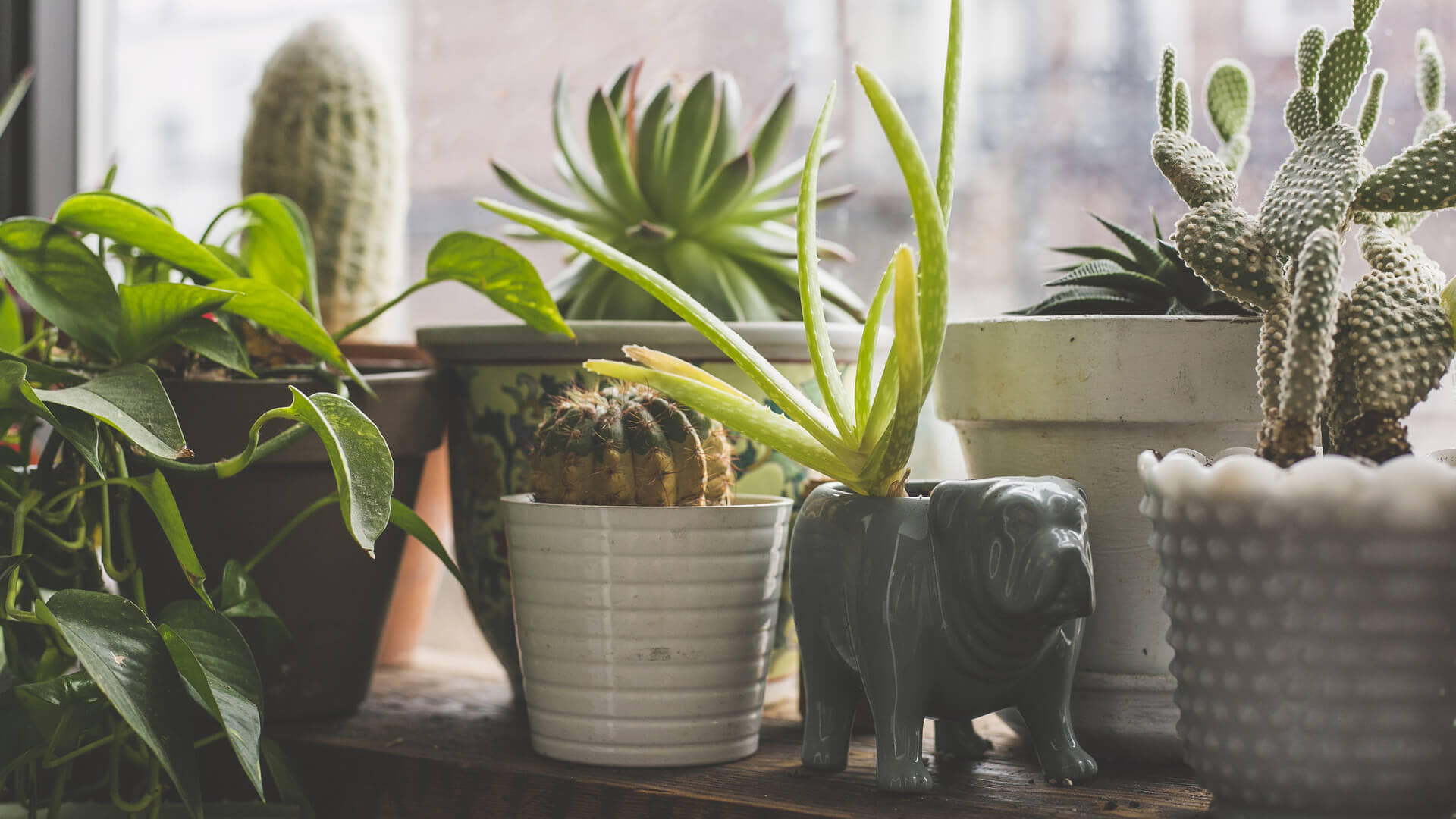
Ever thought about indoor plants? While having a little bit of the outdoors inside may mean committing to more daily maintenance, having that extra bit of green inside can make your home environment more mentally refreshing.
Much like with sunlight, exposure to plants, grass, and other natural growths–often referred to as “greenspace”–has been traced to improved mental health. While it might sound trivial, the more time you spend looking to plants and trees, the better you may begin to feel. If you need more evidence of the importance of greenspace, look no further than restaurants, hospitals, and other public spaces. Greenspace is being brought into cities and sterile environments in more ways than one and at faster rates than ever before.
Plus, indoor plants often require natural sunlight. Exposing your plants to the sun may mean inadvertently exposing yourself to two of the best ways to improve your mood naturally.
Improving Your Home

We know that not everyone can move out of their apartment or house and into a massive open-concept home with lots of natural lighting. Here are some universal tips to achieve positive health impacts that might help regardless of your current living scenario:
- Declutter – Practice a little bit of minimalism and work to remove anything extraneous from the home. Keep highly-trafficked areas clear of debris and keep everything off of the floor that should not be there.
- Maintain – One of the easiest ways to keep your home clean is to devote ten minutes a day or an hour or two on the weekends to cleaning. Instead of waiting for problems to pile up, tackle them before they get to be too big
- Lighten Up – Wherever and whenever possible, allow sunlight to enter into your home and keep blinds open during daylight hours. Daylight may also reveal dust and stains that need to be cleaned, which can make it easier to find problem areas.
- Get a Plant – Keep at least one indoor plant in a visible area and near sunlight. If possible, keep smaller plants in areas where a lot of time is spent, such as on office desks or in the living room
- Get Colorful – Avoid using dark tones on the walls, and aim for lighter or more vibrant colors. Pastel colors work well in this case. Decorate your home with light fixtures and reconsider darker decor.
- Warm Your Bulbs – Ensure that lighting at night is warm in hue. Replace cold, blue lighting with warmer alternatives, and consider reducing your time on smartphones or looking to screens before bed.
We think that these simple tips can give you a head start on improving your home and your mood at the same time. But no matter what you choose to do, remember that the way your home looks and the way you feel might be more connected than you think.
Taking time and action now to improve your home might make your life easier and simpler in more ways than one.




